The Evaluation Model of Enterprise Credit Default Based on Logistic Regression
DOI: 10.23977/ferm.2020.030118 | Downloads: 39 | Views: 2691
Author(s)
Guoqing Wang 1, Xialing Wu 2, Chenxi Xu 3
Affiliation(s)
1 School of Finance, Anhui University of Finance and Economics, Bengbu, Anhui, 233000
2 School of Management Science and Engineering, Anhui University of Finance and Economics, Bengbu, Anhui, 233000
3 School of International Economics and Trade, Anhui University of Finance and Economics, Bengbu, Anhui, 233000
Corresponding Author
Guoqing WangABSTRACT
Since entering the new economic normal, my country's small, medium and micro enterprises have continued to reform and develop and become an important part of the real economy. The bank will conduct an overall assessment of SMEs and formulate corresponding credit strategies based on the business strength, development potential, creditworthiness, and default risks of the enterprise. While providing financial support to SMEs as much as possible, the bank will achieve interest rates on bank credit. Maximize. This paper establishes a Logistic regression model to quantify the default records and credit ratings of small and medium-sized enterprises, and builds a credit default evaluation model for enterprises; and then uses structural equations to reflect the relationship between corporate strength, default risk, bank credit lines, and bank credit interest rates. Formulate specific credit strategies. Use AHP improved by the cloud model to screen the industry to which the company belongs; then establish a change-point model to analyze the volatility of the company's operating conditions and default risks when affected by emergencies, and to fit the evolution path of different companies in the future ; Finally, through the establishment of a neural network model under the co-integration theory, the credit default risk is predicted, and the degree of impact of different industries is ranked, thereby adjusting the bank's credit strategy.
KEYWORDS
Logistic regression, structural equation, decision tree, AHP under cloud model, cointegration neural networkCITE THIS PAPER
Guoqing Wang, Xialing Wu, Chenxi Xu, The Evaluation Model of Enterprise Credit Default Based on Logistic Regression. Financial Engineering and Risk Management (2020) 3: 121-126. DOI: http://dx.doi.org/10.23977/ferm.2020.030118.
REFERENCES
[1] Liu Ying. Analysis of Credit Risk Management of Commercial Banks Loans to Small and Medium-sized Enterprises [J]. National Circulation Economy, 2020 (10): 147-148.
[2] Li Xinhang, Gao Yangge. Analysis and Countermeasures of Difficulties in Financing of my country's Small and Medium-sized Enterprises [J]. Business Economics, 2020 (03): 79-80+164.
(Not found) [3] Cao Li, Lu Qiujuan, Huang Jingyu. Application of support vector machine and logistic regression in predicting the risk of AIDS in MSM population [J]. China Health Education, 2020, 36 (04): 332- 335.
[4] Xu Lan, Fang Zhigeng. Analysis of the influence degree of regional innovation system subsystems based on structural equations [J]. Science and Technology Management, 2010 (05): 162-165.
[5]Zhang Miaolin, Zhang Chengzhong. Research on the Model Construction of Comprehensive Pipe Gallery Investment Operation Mode Selection [J]. Tunnel Construction, 2019 (08): 1319-1325.
[6] Xiao Yang. Coal price prediction model based on cointegration theory and artificial neural network [D]. Xi'an University of Science and Technology, 2016.
| Downloads: | 39610 |
|---|---|
| Visits: | 1071373 |
Sponsors, Associates, and Links
-
Information Systems and Economics

-
Accounting, Auditing and Finance

-
Industrial Engineering and Innovation Management
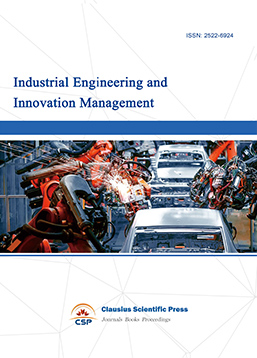
-
Tourism Management and Technology Economy

-
Journal of Computational and Financial Econometrics

-
Accounting and Corporate Management

-
Social Security and Administration Management

-
Population, Resources & Environmental Economics

-
Statistics & Quantitative Economics

-
Agricultural & Forestry Economics and Management
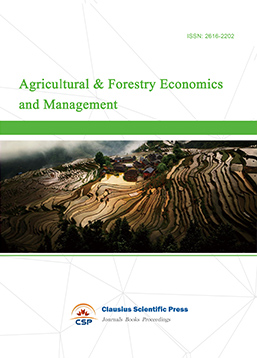
-
Social Medicine and Health Management
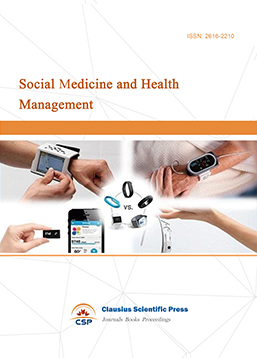
-
Land Resource Management
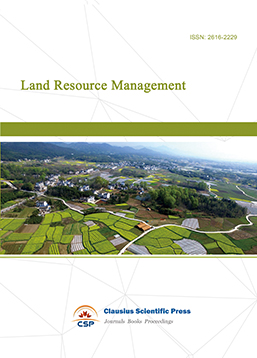
-
Information, Library and Archival Science

-
Journal of Human Resource Development

-
Manufacturing and Service Operations Management
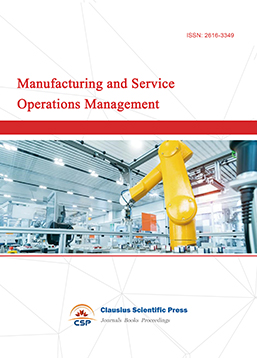
-
Operational Research and Cybernetics


 Download as PDF
Download as PDF